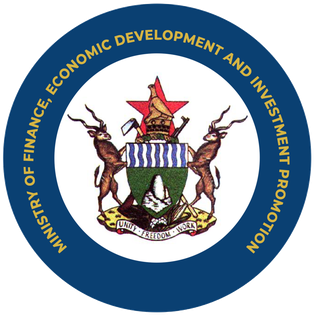
NEWSROOMS across the world are preaching digital-first. Print may not disappear — at least for now — but publishers are hurrying to claim their space as digital becomes the new focus.
Like any other transformation, newsroom transformation demands a decisive strategic turnaround. In Zimbabwe, most newsrooms are still operating on old models that are undefined, heavily leaning towards legacy media.
But such structures cannot survive digital transformation. If anything, they swallow efforts to transform.
Forward thinking publishers have adopted scientifically proven models in newsroom management and these include; An Integrated Newsroom model and the Convergence Model.
These models are being used in progressive newsrooms that believe in good journalism triumph. Of course there is room to customise to publishers’ specific needs but the basic tenets will be adopted.
They often say, ‘take care of digital and print will take care of itself.’ However, in many newsrooms with legacy issues in Zimbabwe, it has proven to be so difficult to change from a print-centric focus to a digital focus. Change is difficult to grasp and understand, and many companies are just frightened by the word “digital.”
Understanding convergence
“Digital convergence now means that most devices are rather similar in nature,” wrote Tom Goodwin in his book, Digital Darwinism. “We once had single-purpose devices that did very different things. Radios, TVs, walkmans, video players, answerphones. Things were all different, and each was a key part of an ecosystem. Now devices are functionally similar.”
- Digital Transformation: Time to consider editorial restructuring
- 7 concrete applications of ChatGPT in the newsroom you can start using tomorrow
- In modern digital news operations, editors need to drive the success
- Adapting to the digital age: How newsrooms have transformed in 30 years
Keep Reading
Just like our gadgets, thematic desks in newsrooms used to be independent of each other, running parallel entities despite belonging to the same organisation and sometimes even publishing the same newspaper.
Thus, modern newsrooms tend to have a flatter structure, with decentralised decision-making. This translates to creating compelling content, a key component of good journalism — which is on high demand as the media confronts competition from citizen journalism and digital threats.
However, convergence demands a set of new skills. This may result in laying staff off, but training can compensate for this. Generally, it means newsroom structure has to heavily lean on digital: having more teams playing digital functions and roles.
Among other benefits, convergence encourages evidence-based decision-making, and audience feedback and product performance are considered before making decisions. Specialisation and efficiency, global reach, and audience-based content creators are other benefits.
Efficiencies in editorial operations with a digital focus
A tried-and-tested winning formula for digital transformation is to have a digital-focused newsroom. Content is king, and editorial is the manufacturing hub for a media company.
Workflows need to be examined: Have these been automated? Are multiple steps and systems involved in editing and publishing? How efficient are they?
Copy flow needs to break copy-filing bottlenecks previously dependent on print deadline routines. This not only reduces production costs but allows online spaces to exist in constantly shifting patterns, allowing for faster publishing to meet peak audience times.
Content Management Systems upgrades are a key component in the convergence matrix. Progressive newsrooms have developed customised CMS that speak to their markets and the data they have without limitation. Again, the Standard group is one such an example: It has developed its own customised CMS, which is ideal for a media house. Owning technology allows media houses to own data.
Enhanced content in a converged newsroom
Teams of editors that plan together accelerate well-focused forward planning, which may be divided into medium — and long-term projects, with the bulk of work being produced daily are customised per publication or platform.
These teams are composed of fast news journalist who break and maintain flow on the digital side, compared to brand journalists who focus on analysis and investigation pieces. This surfaces and assures content differentiation, offering a great window of opportunity for online reader revenue.
Story structure is also vital. Does the story require graphics? If yes, is the data available or do we have enough data? How many pictures do we need? Are they available in our library, or we need a fresh set?
And, according to Women in News, newsrooms should: “Work towards a single production hub, consisting of multi-skilled, platform agnostic copy editors and production editors that can work for print or Web seamlessly. Have a very small team of senior newspaper specialists (chief sub, top copy editor, revise sub, page manager) to simplify and streamline print production, pulling deadlines forward.”
Newsrooms cannot rely on old management methods to produce compelling content in the face of digitisation. As print continues to become less viable each day while digital continues to gain traction and recognition, publishers need to set up a structure that is receptive of this new business model.
Old matrices and strategies won’t fix digital Darwinism.
We meet again next week!
Silence Mugadzaweta is digital & online editor for Alpha Media Holdings and content strategies blogger for International News Media Association.











